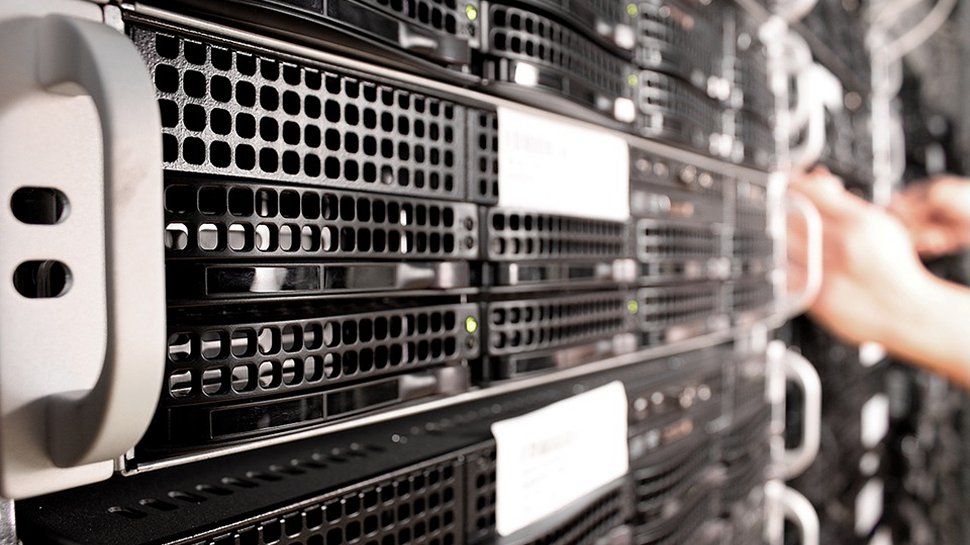Top Trends in Endpoint Management in 2025
How does endpoint management offer a solution to IT teams in 2025?

The development of endpoint management over the past half decade has been driven both by trends in the workplace and by evolving cybersecurity threats.
But what are the main trends in endpoint management today, and how does a solution like NinjaOne fit in?
Where Endpoint Management is falling short
Every corporate network is different; from purpose down to individual devices, servers and switches, software and location, no two topologies are the same. These unavoidable realities are among the key drivers towards improving endpoint management. But challenges remain.
Solutions can be difficult to deploy, whether because a key device is offline or missing, or because it hasn’t been updated to a current OS version. Device diversity has various challenges, as does shadow IT (usually “missing” or non-approved hardware on a network).
From an operational standpoint, keeping tabs on every device, and complete coverage of the attack surface, becomes increasingly challenging. When 15 or more tools are used on average to manage disparate, diverse, and distributed endpoints, there is going to be some friction. More platforms to manage means slower performance, whether by IT colleagues switching between multiple endpoint management dashboards. In addition, device performance can also be impacted by agent bloat.
Then there is the impact on the end users themselves, whose experience is already degraded, and productivity reduced as a consequence.
There is also the risk from today’s more complex and difficult to prevent AI-enhanced attacks, whether targeted external probing into the attack surface or automating specific proven vectors (phishing variants, for example).
Recent flexibility
However, recent trends have demonstrated that endpoint management is an adaptable, flexible solution.
- Automation, including AI solutions, have made deployment and reporting faster
- Wider integration with mainstream cloud platforms, enabling better data monitoring, faster remediation from cyberattacks (i.e., EDR solutions)
- Endpoint management is increasingly cloud-based, alleviating the requirement for investments in additional costly internal infrastructure (and in some cases, hiring dedicated headcount to manage it)
- Distributed working patterns are supported
If you’re selecting a new endpoint management solution, you should expect all of the above to be accommodated. But cybersecurity does not stand still, and pressures on IT teams increase as additional solutions are introduced, each with its own dashboard.
Understanding these pressures, NinjaOne has developed solutions that accommodate the emerging endpoint management trends, helping IT operations adapt to tackle continually changing online threats and device misuse.
Support for all devices, anywhere
BYOD policies are being rewritten, focusing instead around a diverse collection of company owned and employee hardware. Flexibility of device type and operating systems can be accommodated with modern endpoint management, allowing users to be productive on the devices that they prefer.
On average, employees access corporate systems using over 4 devices. This means complete security, control, and support of the devices wherever the employees are based – in offices, on business trips, or at home. Employees might be full-time in office, full-time remote, or they might enjoy the flexibility of a hybrid role. Whatever the case, NinjaOne meets demand for any and all of these dynamics.
Improved remote management
Remote endpoint management is now making it easier to handle security issues, whether a direct threat to the attack surface or simply assigning hardware to a new user. Enrolled devices can have specific policies applied preventing or granting access to apps and resources.
In extreme scenarios, remote management can support various mitigation strategies. Vulnerable software and data can be removed from endpoints, users can be removed, and new accounts remotely created, and devices can even be reset or wiped. That’s a useful feature for lost or stolen smartphones and laptops.
NinjaOne provides a single platform capable of multiple management tasks. It brings real-time monitoring, device management, operating system and third-party app patching, all from a single dashboard. Some solutions can be replaced by NinjaOne, while others can be accessed within that single dashboard via tight integrations, reducing support overheads (reduced additional training, minimize app switching, etc.)
SaaS vs. on premise hosting
Another emerging trend, the shift from hosting solutions on site to relying on SaaS, is supported with NinjaOne. Shifting from CapEx to OpEx (Capital Expenditure to (Operational Expenditure) for endpoint management means no further infrastructure investments, and reduced reliance on headcounts for allocating IT services.
Instead, teams can become more efficient with a centralized console, managing devices via NinjaOne’s deep integration with your organization’s enterprise technology stack (applications, user settings, etc.).
Where centralized, real-time management for every endpoint is required, NinjaOne can provide 100% visibility and control of all devices. The key results? Increased IT efficiency, reduced costs, improved user experiences and a stronger security posture.
Sign up to the TechRadar Pro newsletter to get all the top news, opinion, features and guidance your business needs to succeed!
Christian Cawley has extensive experience as a writer and editor in consumer electronics, IT and entertainment media. He has contributed to TechRadar since 2017 and has been published in Computer Weekly, Linux Format, ComputerActive, and other publications. Formerly the editor responsible for Linux, Security, Programming, and DIY at MakeUseOf.com, Christian previously worked as a desktop and software support specialist in the public and private sectors.

